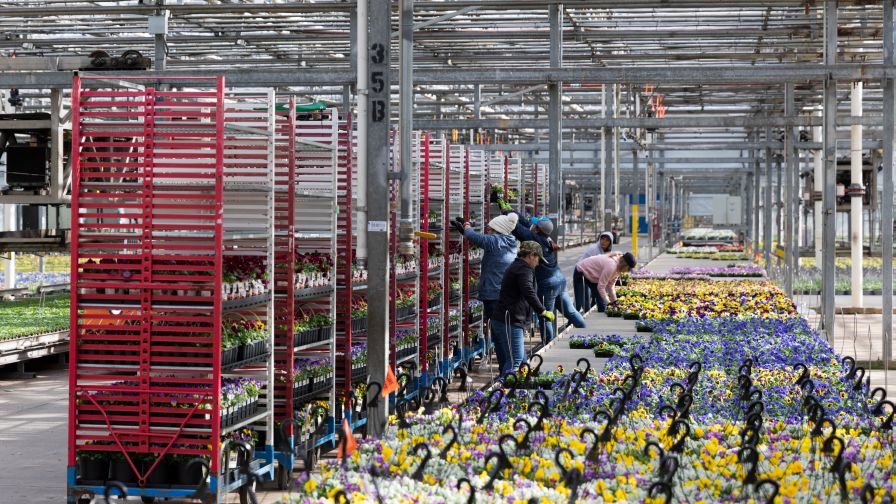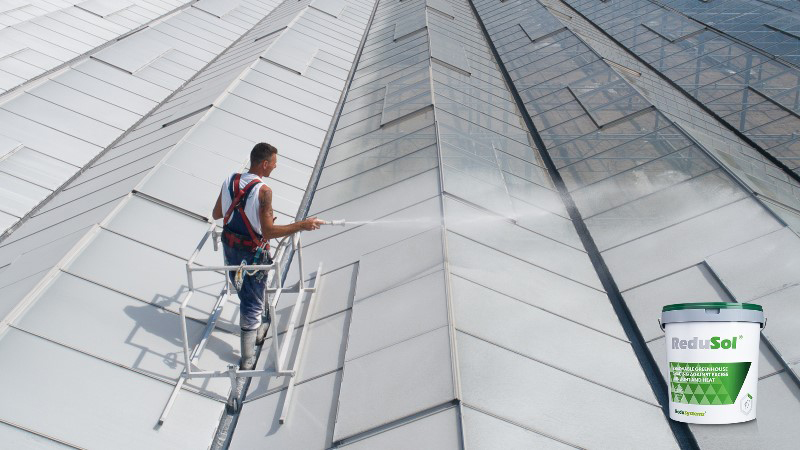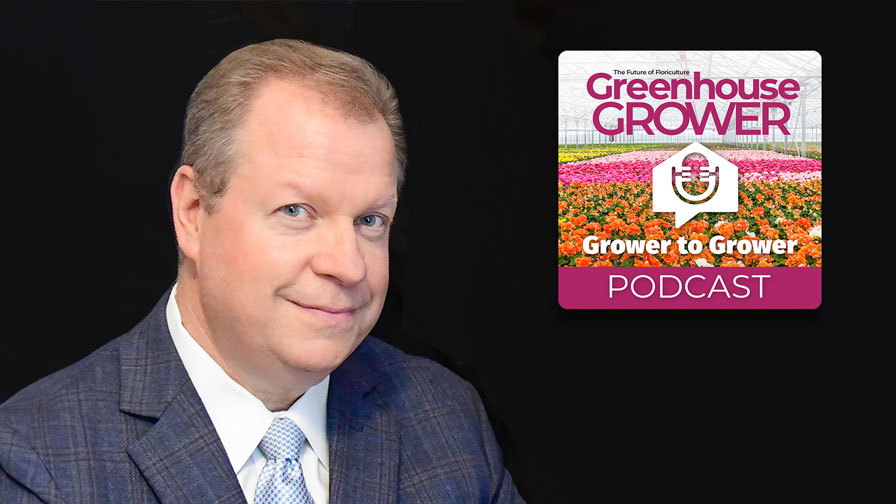Some Things Never Change
You can read many business magazines and see how they are looking back over the years to explain what is happening now. There is a saying that you can talk with economists and they can tell you where we have been and what trends have gotten us to this point, but they have great difficulty in forecasting what will happen in the future.
I would like to share some old cultural, marketing, and management information that may be of interest to you. You may find it useful in planning for next year’s production.
Cultural Facts
1. Mercury and many of its components emit vapors that are toxic to plant growth.
Zimmerman and Crocker in 1934 reported that roses are extremely susceptible to injury from vapors containing mercury. In their findings they showed that mercury-containing insecticides, fungicides, broken thermometers and paints caused problems (Zimmerman Hitchcock, 1956; Butterfield, 1954).
The use of paint with mercury in it caused significant damage in greenhouses in New England in 1954.
In 1968 significant damage occurred in a rose greenhouse in Michigan when a mercury thermometer was broken in one section of the range. After that event, an all-out effort was made to eliminate mercury thermometers from all greenhouses in the state.
The reason I mention this information is that the energy-saving light bulbs that many of us have changed to in order to save energy have been found to contain mercury. If one of these bulbs is broken, mercury fumes may be emitted. This may be a problem for plants in a confined area. I don’t know the quantity of mercury in each bulb or the potential hazard it represents, but I do know the damage can be severe to roses and other plants if small quantities of mercury are released in greenhouses.
2. Recycling can lead to severe plant damage if not done properly.
Subirrigation was researched and developed in the late 1890s and early 1900s at The Ohio State University. The mechanics of the system worked, but it was never widely adopted. The non-sterile soil in the pots, the reused containers and the lack of sanitation resulted in all the insects and diseases being spread throughout the various parts of the system.
The newer systems we have in greenhouses today have made great strides to correct these limitations. However, when you introduce new types of pots, flats or media or use them in an organic system, be sure to monitor for insects, diseases and all pathogens. Remember, the final product must be of acceptable quality to be marketed successfully.
3. Time is money — money is time.
Next year, fuel costs will be higher and the more time it takes to grow a crop, the more expensive it will be. The more space you need to grow a pot or flat will also increase the costs.
When I first came to Michigan, Dr. Sylvan Wittwer, who at that time was a plant physiologist, took me to a greenhouse in Jackson, Mich., right next to the federal prison there, to see lettuce and spinach being grown in a cold greenhouse with some of the first use of carbon dioxide being injected into a production system. Dr. Wittwer proved the carbon dioxide increased growth and decreased time to harvest, but it was not economically viable to use this method in Michigan.
Today, we see a trend to go organic. Buying organic food makes sense if you believe it is tastier, more nutritious and safer. There are many conflicting opinions on this, but it is well known that it takes more acreage to produce organically because yields are less per acre and the amount of labor is higher. Therefore, you must get a higher price for organic food products.
The longer the time to grow, the more your labor costs will be unless you have access to very cheap labor. Therefore, many of these ventures can only work if your labor costs consist of your family members and a few part-time employees.
Marketing Facts
1. Watch out for “green washing.”
It is a fact that some companies use the “green hype” as a sales tool and only as a sales tool without any integrity or belief in it.
Nowadays, it seems that “green” is being used as a marketing tool for new products and sales schemes. There has to be science behind the claims that are being made. Many people use the touchy-feely approach and testimonials to sells products or services, but this will not replace the need for scientific experiments to prove or disprove their claims. It comes back to the basics: where is the data, who are the people making the claims and what are their credentials.
Remember, if all you see is green, you must be suffering from blurred vision!
2. It is important to have the data to support your claims.
For example, if you sell an organically grown plug or small plant or a best practices grown plug or small plant to a customer whose garden is not organically maintained, what will be the difference? If it is put in an organically maintained garden, what is the difference? Or if it is organically or best practices grown all the way, what is the difference? The answer is either there is no difference, the organically grown plug or plant has better characteristics or the best practices grown plug or plant has better characteristics. Where is the data?
No data? Their answer is that it’s touchy feely.
If the answer is obtained from a valid experiment based on a valid hypothesis, then the data will provide validity for your conclusions.
Management Facts
1. The business remains the same.
Every year there seems to be a new spin on how to manage a business. New books are written about it, but there are some timeless rules that are as valid today as they were a generation ago.
2. What are these timeless rules?
• The best marketing technique is a great product.
• Be determined to be the best — sufficient money will almost automatically follow.
• Boldness in business is the first, second and third commandment.
• Don’t believe that the world owes you a living. The world owes you nothing. It was here first.
• Don’t be an egoist, that is someone who burns down the house just to cook a couple of eggs.
• The future belongs to things that can grow, whether plants or people.
• To survive, you need faith. To destroy a business, use fear.
• Identify the opportunities. Decide if they are fads or trends. Do your best to lead the trends and avoid the fads.
• Knowledge is power — use it or lose it. To be successful in your business, you need to know more about it than anyone else.
• Enjoy what you are doing — in business, family, friends and community. A well-balanced leader will have a well-balanced business and life.
A last thought — be aware of the world situation today. Over 850 million people are starving. Many are rioting to get food and most are unable to even get enough to survive. They even eat dirt to get the minerals they need. They don’t care if their food is organically or inorganically grown. They have no way of feeding themselves.
Massive amounts of food, water and staples are needed, or we won’t have to worry about carbon footprints because there will be one billion fewer people on the planet.
If we were on the Titanic and we knew we were about to hit an iceberg, we wouldn’t be rearranging the deck chairs. We would be thinking about how to avoid the collision. Everyone thought that the ship was unsinkable. Guess what? It wasn’t!
We need to use all our talents to grow plants to provide food, shelter and safety as well as beauty to help sustain life. Don’t get caught up in what techniques are being used to grow the plants, but rather concentrate on producing enough to sustain the population that exists.
People were starving hundreds of years ago, and people are starving today. I guess some things never change.









